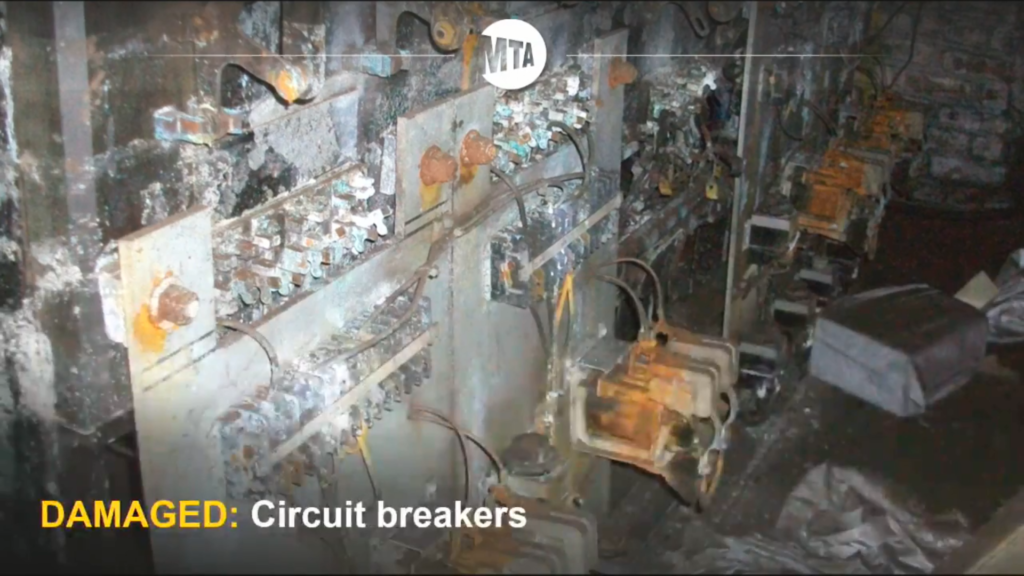The revamped L train project may seem like a miracle cure on the surface, but what about underground, and why just months out? Riders get it: the tunnels need to be fixed for the next hundred years, not the next hundred months. Closing a tunnel on nights and weekends is still a closure, but will just mean more time for less work.
New Yorkers are a cynical bunch. We want to know that tried and true systems are being used, especially when we’re in tunnels that go under water. What about the other significant aspects of the project that weren’t discussed or were glossed over? To what degree is the scope of the proposed project the same – or different – than the original plan? What will happen to the new track and track beds, new lighting and fire systems, and elevator and accessibility projects? They aren’t cosmetic changes, they are real needs of the communities who use the L train. Are we sure that the technology can be applied in a confined 100+ year old tunnel that is still in use for the majority of the time, and is it safe for riders and workers to be in the tunnels where unknown environmental hazards may have been released during construction? Is this a new precedent for how MTA construction projects will be handled – second guessing and last-minute vicissitudes?
We welcome innovative technologies that are cheaper and more efficient – but at this point all we have is a PowerPoint, not a plan. Right now, there are far more questions than answers.
What a waste: The decision to close the tunnel wasn’t made lightly.
It was based on the collective experience of experts and engineers who worked on all nine Sandy-related tunnel projects including the Montague Tunnel shut down; the Canarsie Tunnels are widely agreed to have been the worst hit and need the most work. Tens of millions of dollars and hundreds of hours have been spent on this project. Federal funds have been advanced, construction has begun, and alternate service plans are in place – the result of significant substantial community input.
The business community, elected officials and the real NYC transit experts and riders who have been in the literal trenches have spoken and they’ve agreed: just get it done!
It’s going to cause disruption for hundreds of thousands of riders, but there’s a well-thought out, federally-approved alternate service plan that’s been years in the making. People have moved in anticipation of the closure, and spent countless hours making alternate plans. No one wants the pain that the closure will bring, but the pain of not doing it, or doing a slapdash job, will be far worse.
So many questions must be answered:
- Where have these experts been over the last three years?
- What was the scope of work that the academic experts analyzed? What was their access to and involvement with NYC Transit staff and with whom did they interact?
- How long is this fix good for? Or are we going to have to go through this again in fifteen years?
- Will this require a new NEPA and/or public involvement process?
- When will the four identified public outreach sessions be held and where?
- How does this impact the Capital Program?
- Will federal funds need to be repaid, and who is responsible for the repayment?
- If a $477 million construction contract can be done away with in just a few months, will any contractors want to do business with the MTA?
- Since this has never been done in the US before, who will do the design work? Will it have to go back out for bid?
- Since the technology likely doesn’t exist in the US, is it “Buy America” compliant per state and federal requirements?
- Will the exposed cables in the tunnels be more vulnerable? Is there even room to do the “racking” (cables mounted to the tunnel walls) in this tunnel?
- With twenty minute headways, what will be done to address the extreme crowding that will happen?
- How will the riding public and the workers be protected from silica dust that will undoubtedly be raised by movement of trains through the tunnels?
- Where will the work trains that will hold and remove the construction debris be stored and unloaded? Will they go through active stations and/or communities?
- What happens if this can’t actually be accomplished? Then what?
